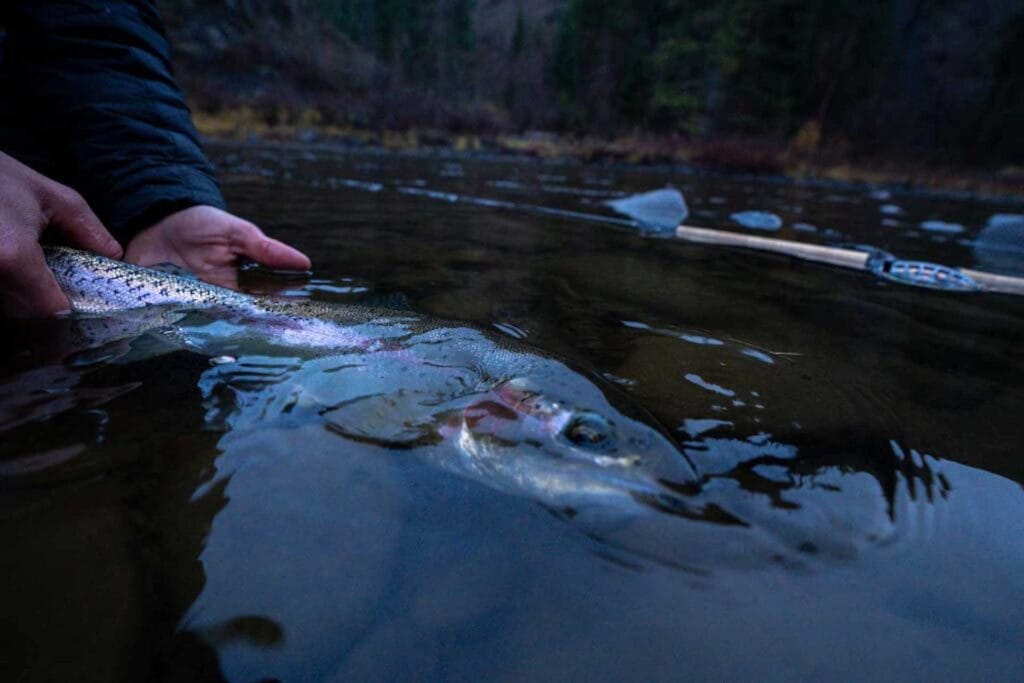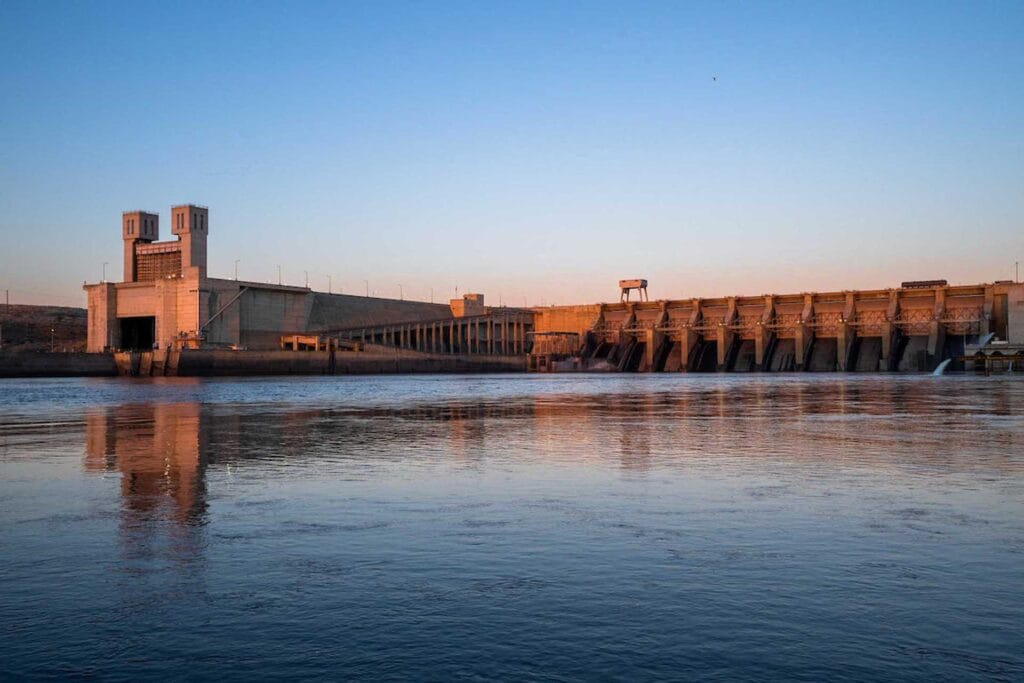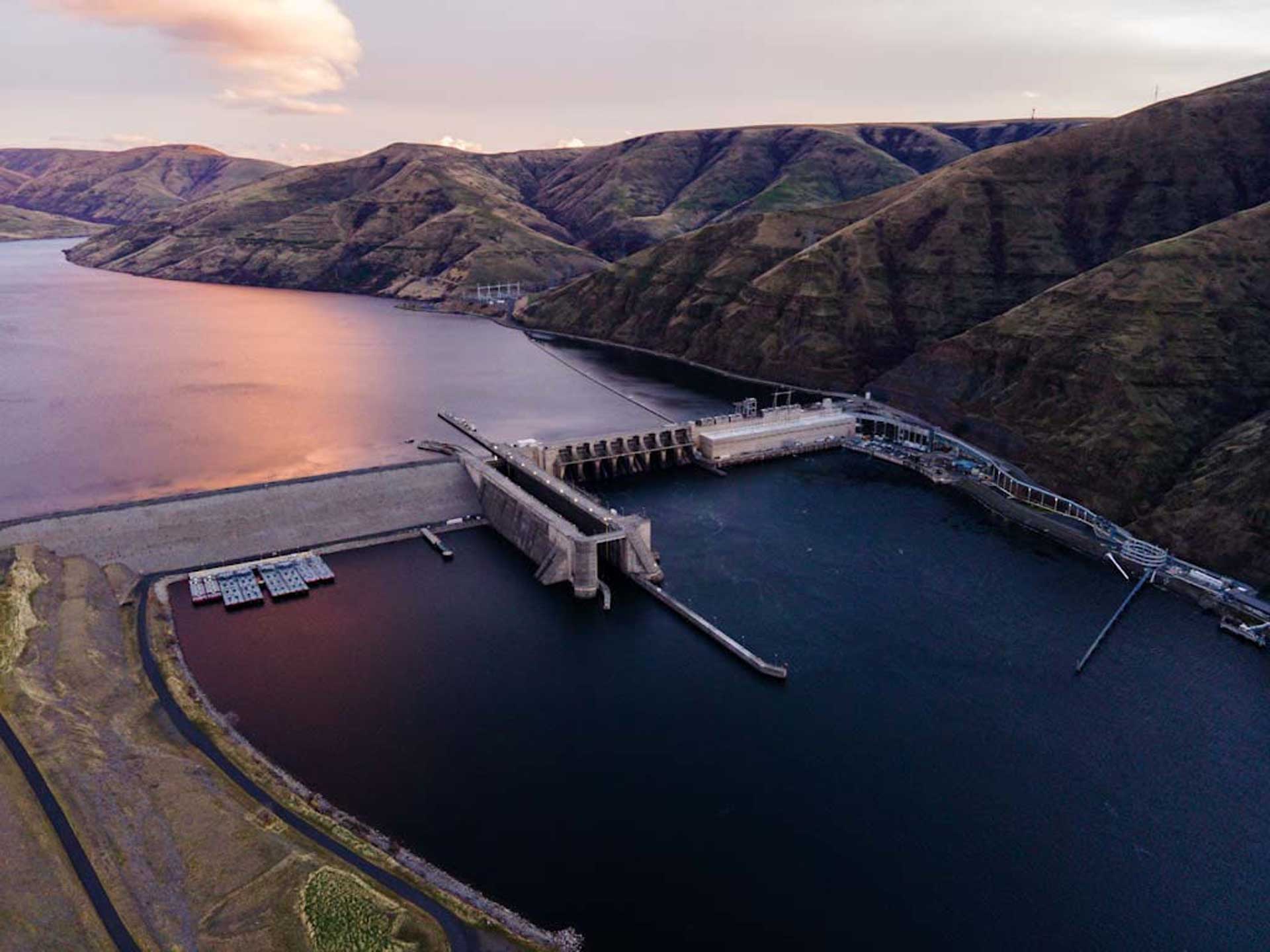Understanding the metrics used to evaluate and represent recovery of wild salmon and steelhead in the Snake River basin is an exercise worthy of a Ph.D.
From annual abundance numbers, to understanding Endangered Species Act delisting criteria, to smolt-to-adult return ratios (SARs) to the U.S. Army Corps of Engineers (USACE) survival statistics, the numbers can be confusing and at times deceitful.

For example, run abundance presents a grim reminder of how poor wild Chinook salmon and steelhead runs are doing in the Snake River basin. During spawn year 2022, Idaho Fish and Game estimated just 9,801 wild steelhead and 17,012 wild Chinook returned to the basin. This ranked as the second lowest on record since 1998 for wild steelhead. This number amounts to just 10% of the abundance goal of 104,000 while wild Chinook represents just 14% of the abundance goal of 127,000.
On the other hand, you have USACE publicly promoting a 97% survival estimate, which does not consider factors further away from the dams. Tour one of the four lower Snake River dams and you’ll undoubtedly see or hear this statistic. This statistic, widely promoted by the U.S. Army Corp of Engineers (USACE) Walla Walla District and advocates of the dams is not only wrong but wildly misleading. Taken for face value, one would believe the dams aren’t a problem.
This is the point.
As important as it is, evaluating mortality from powerhouse encounters, smolt bypass and spill accounts for mortality from just the top of the dam to the bottom and only considers juvenile mortality. This is not the full picture.

Using SARs to tell a more complete story
Evaluating the entire hydro system experience through the cumulative life cycle of salmon and steelhead survival is necessary to understand the full picture.
This is the reason that Northwest Power and Conservation Council uses SARs and why you’ll see Trout Unlimited using the same metric. The Power and Conservation Council identified a goal of 2-6% SARs with an average of 4% SAR for wild salmon and steelhead. The mean SAR for 1994-2022 is just 0.77% for wild Chinook and 1.20% for wild steelhead.
It is not nearly as rosy as the USACE would lead you to believe.
Time for the dams to go
It is well established that the greatest limiting factor of smolt survival is water transit time (WTT), or how quickly smolts migrate out of the system to the estuary. A slow outmigration or high WTT causes smolt to expend critical energy reserves needed for the estuary and ocean entry, greater exposure to predation, including avian and piscivorous, and disease.

Historically, pre-hydro system development outmigration took approximately 2 days. Today, that same outmigration takes about 20 days. In short, the importance of WTT (flow) for downstream migration survival and adult return is undisputed. Anything less than historical norms is a death sentence for juvenile salmon and steelhead.
This acknowledgement leads us to the 2022 the National Oceanic and Atmospheric Administration (NOAA) report, “Rebuilding Interior Columbia Basin Salmon and Steelhead.” This report noted a suite of measures addressing threats to salmon and steelhead while also identifying centerpiece actions to recover individual stocks.
It shouldn’t be a surprise that NOAA identified restoration of the lower Snake River via dam breaching as the centerpiece action for Snake Basin salmon and steelhead stocks.
This in and of itself is a monumental report. It completely supports what the scientific community has known for decades; the four lower Snake River dams must be breached if we are genuinely committed to restoring and recovering wild salmon and steelhead.
As the late Senator Moynihan said, “Everyone is entitled to their own opinion but not their own facts.”



